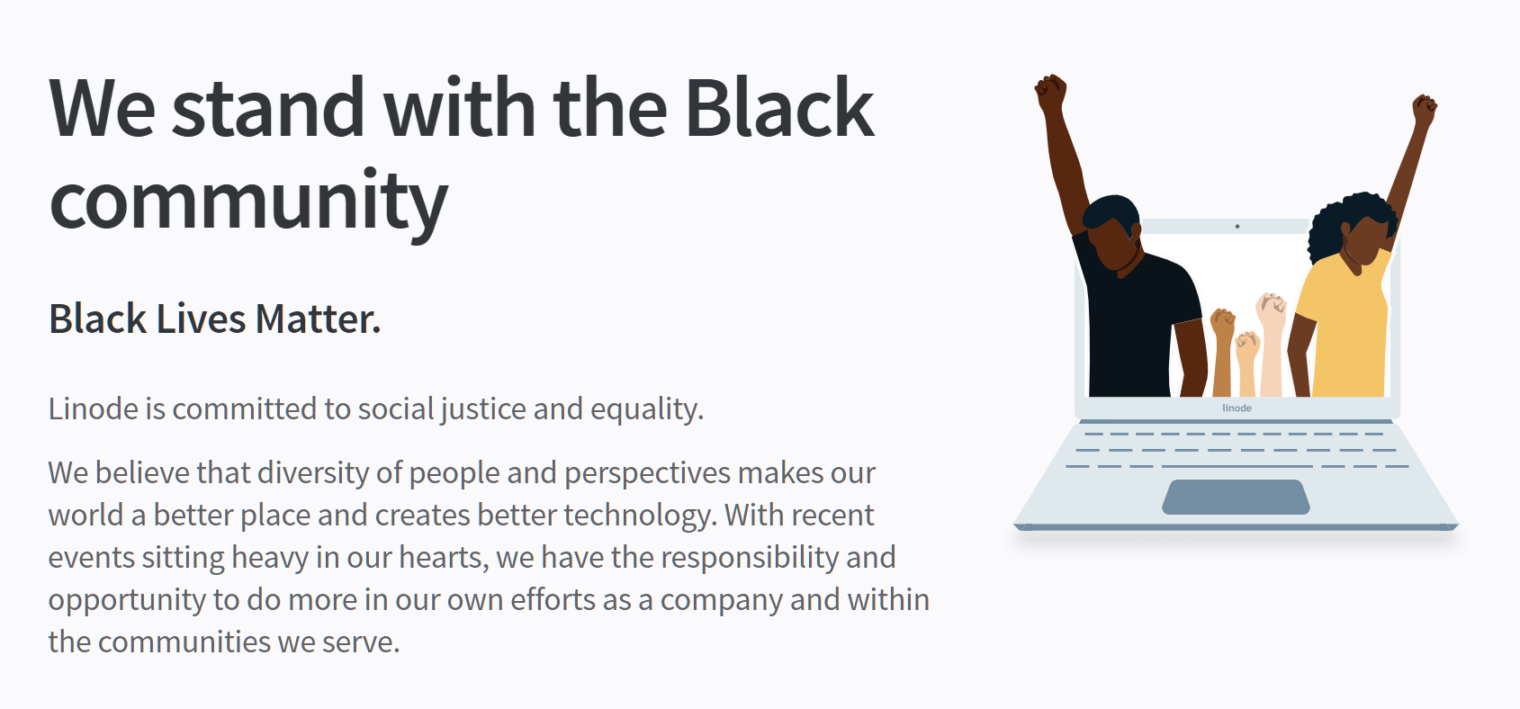Parents in the western suburbs of Boston like to talk about First World problems. The License Raj here in Maskachusetts is has allowed daycares to reopen with some limitations (boston.com). Great news for working parents, right? (or for parents who are simply tired of dealing with their children 24/7) “It is impossible to enroll,” said one mom. “The daycare workers won’t go back because they’re getting $600/week plus regular unemployment plus under-the-table cash from parents who hired them to do in-home care after the daycares were shut down. If they went back to work, it would be a 70 percent pay cut.”
I wonder if the same thing will happen with school teachers. Based on my Facebook feed, teachers and rich parents are opposed to opening in-person schools. Unionized schoolteachers in particular say that they won’t work unless their safety is guaranteed somehow. “School closures ‘a mistake’ as no teachers infected in classroom” (Times of London):
Scientists are yet to find a single confirmed case of a teacher catching coronavirus from a pupil anywhere in the world, a leading epidemiologist has said.
Mark Woolhouse, an infectious disease epidemiologist at Edinburgh University, offered reassurance to staff preparing for the full reopening of schools next month.
Professor Woolhouse is definitely going to be an exception to the #FollowScientists rule!
Is there a cash value to #RejectScienceAndStayHome? In the cower-in-place system, public school teachers in Lincoln, Brookline, and Newton are required to work only a handful of hours per week (see “Massachusetts private school students zoom ahead”). If a teacher must send out one email on Monday morning, host a couple of chats on Tuesday and Thursday, and provide a bit of feedback on assignments emailed in on Friday afternoon, that leaves at least 40 hours in the middle of the week to… teach! Every public school teacher can offer to come into the homes of richer parents and provide some actual instruction at $100/hour in cash. As a practical matter, maybe this works for only 20 hours per week, but that should still be enough to at least double the spending power of a teacher receiving $70,000 per year (plus pension and benefits) from taxpayers.
(“Florida Orders Schools To Reopen In The Fall For In-Person Instruction” (NPR) is a possible exception:
In the state where more than 7,300 new coronavirus cases were announced on Tuesday, Education Commissioner Richard Corcoran declared that upon reopening in August, “all school boards and charter school governing boards must open brick and mortar schools at least five days per week for all students.”
but there are no guarantees for taxpaying parents: “Those services include in-person instruction unless barred by a state or local health directive“)
An aircraft owner friend hired a public school teacher at $60/hour cash to teach two children. If this were 4 hours per day, 180 days per year (the standard school year), that’s only $21,600 per year per child, i.e., much less than a lot of Boston-area districts spend even without counting the lavish capital spending.
His children are examples of “The Latest in School Segregation: Private Pandemic ‘Pods’” (NYT):
If they become the norm, less privileged kids will suffer. … As school districts across the nation announce that their buildings will remain closed in the fall, parents are quickly organizing “learning pods” or “pandemic pods” — small groupings of children who gather every day and learn in a shared space, often participating in the online instruction provided by their schools. Pods are supervised either by a hired private teacher or other adult, or with parents taking turns. … Based on what I’ve seen online, the learning pod movement appears to be led by families with means, a large portion of whom are white. Paradoxically, at a time when the Black Lives Matter movement has prompted a national reckoning with white supremacy, white parents are again ignoring racial and class inequality when it comes to educating their children.
Parents are also more likely to join pods with families who have similarly low exposure to the coronavirus. This seemingly rational impulse will, in practice, exclude many Black and Latinx families, who are disproportionately infected by the virus.
Related:
Full post, including comments 





